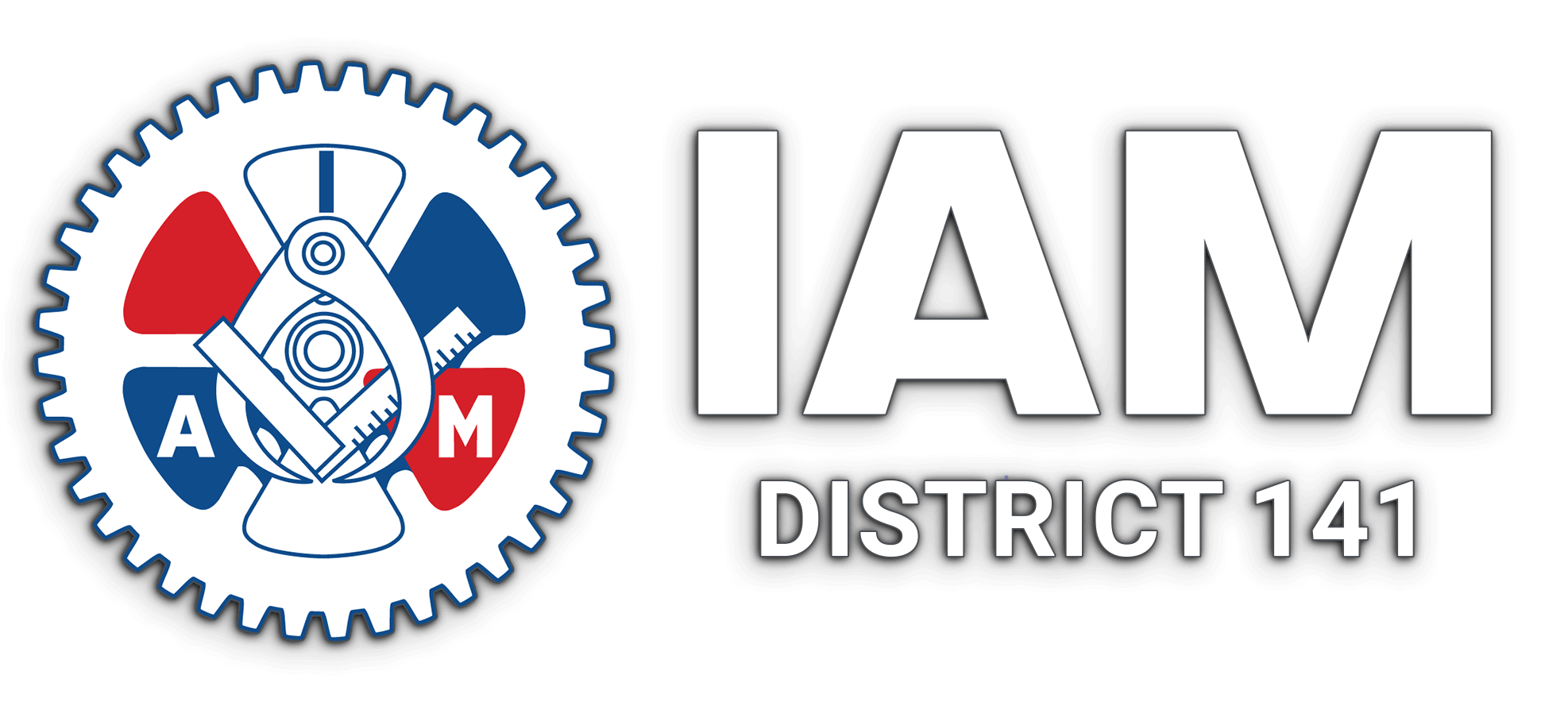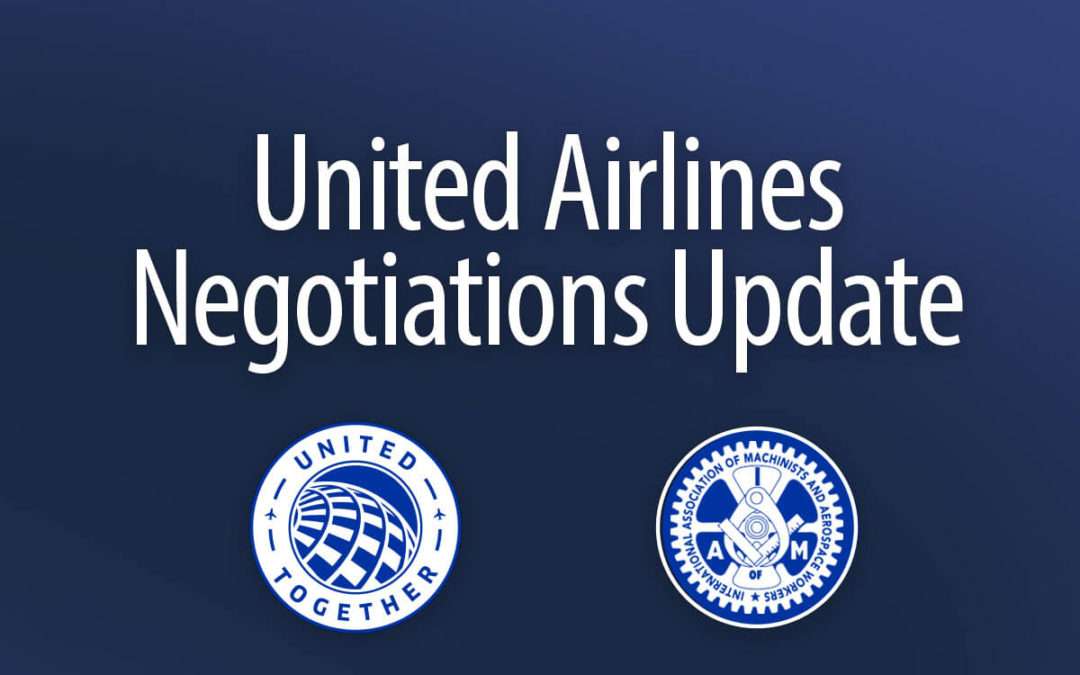
by Eric Price | Jul 23, 2024 | Featured, Front Page, Other News, Perusals, Recent News, Recent News, Row 2
United Contract Negotiations Update 23 July 2024 Dear Sisters and Brothers, Last week, your IAM District 141 United Airlines Negotiating Committee met with company management to continue negotiations on the collective bargaining agreements (CBA) for several groups....
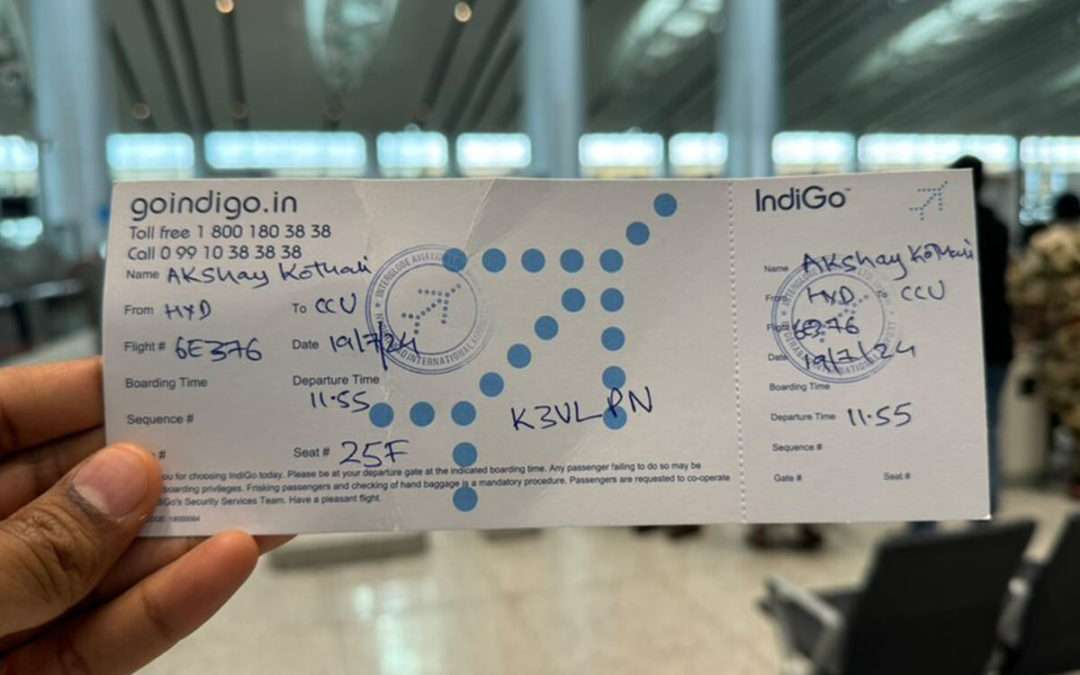
by Eric Price | Jul 19, 2024 | Featured, Featured News, Front Page, Other News, Perusals, Recent News, Recent News, Row 2
Microsoft Update Triggers The Largest Tech Disaster in History Pictured: a passenger posts an image of a handwritten boarding pass. Microsoft Update Triggers The Largest Tech Disaster in History IAM141.org 19 July 2024 On Friday morning, a global computer outage led...
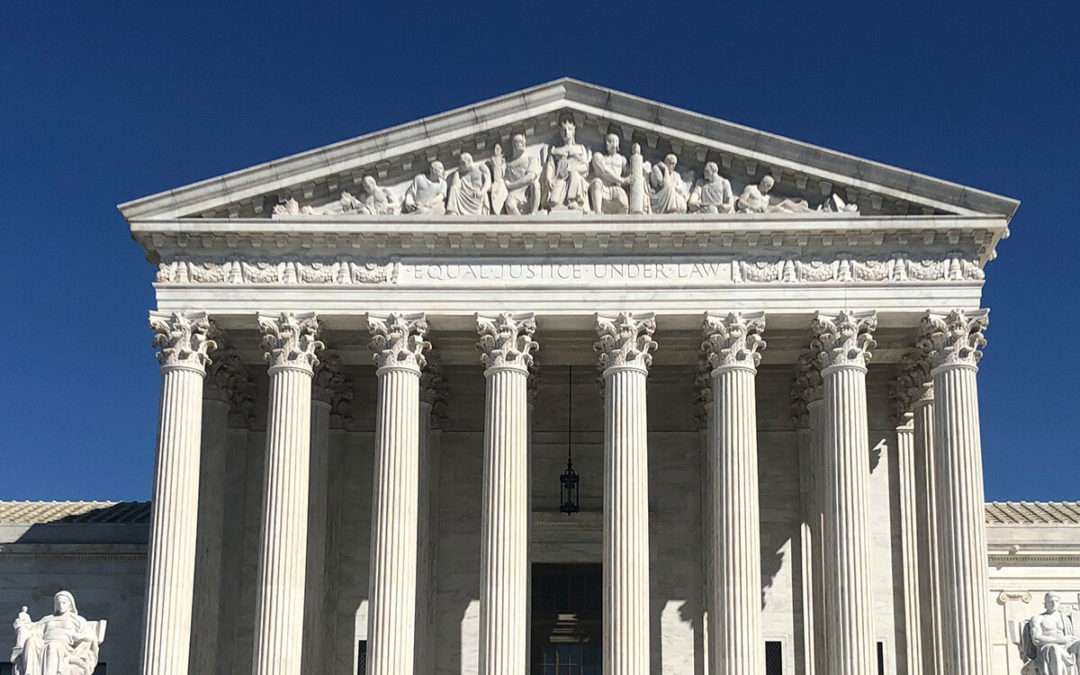
by Eric Price | Jul 18, 2024 | Featured, Featured News, Front Page, MNPL, Other News, Perusals, Recent News, Recent News, Row 2
Supreme Court Strikes At Federal Experts Supreme Court Strikes At Federal Experts IAM141.org 18 July 2024 WASHINGTON – On June 28, 2024, the U.S. Supreme Court issued a landmark decision that will drastically alter the government’s ability to enforce...
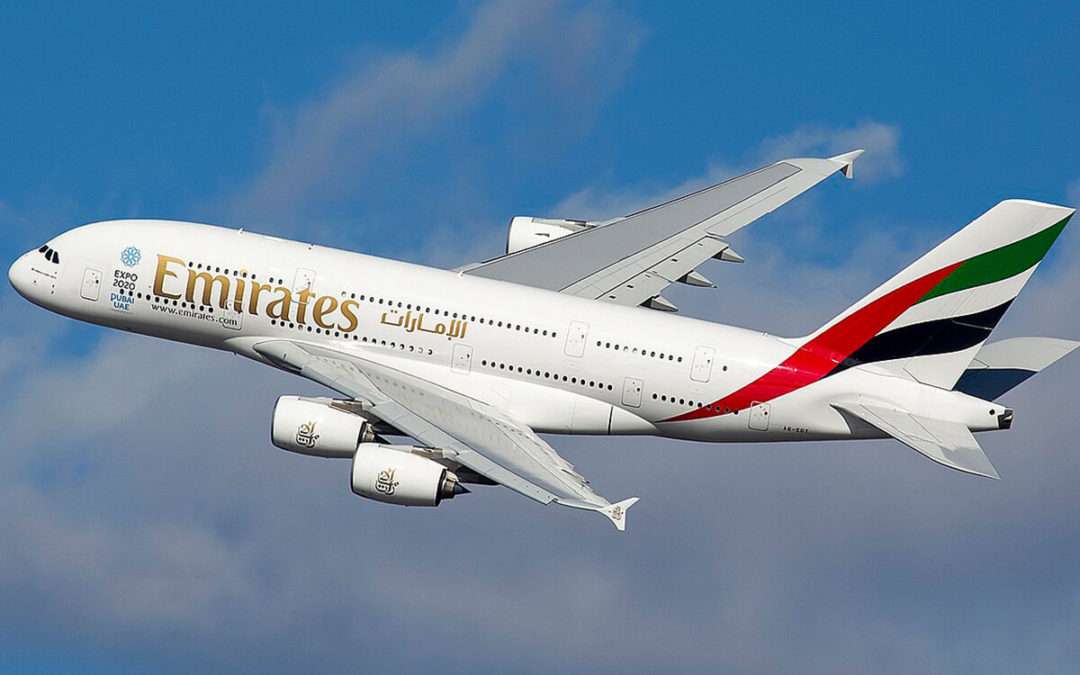
by Eric Price | Jun 18, 2024 | Featured, Featured News, Front Page, JetBlue, Other News, Recent News, Row 2
Emirates Hit with $1.8 Million Fine for JetBlue Code Share Flights Emirates Hit with $1.8 Million Fine for JetBlue Code Share Flights IAM141.org 18 June 2024 WASHINGTON – The USDOT has fined Emirates Airlines $1.8 million for flying through prohibited airspace...
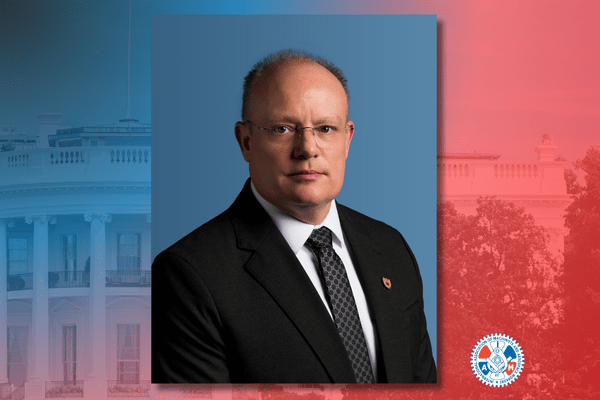
by Eric Price | Jun 3, 2024 | Featured, Front Page, Other News, Perusals, Recent News, Recent News, Row 2
IAM Union International President Brian Bryant Appointed to President Biden’s Export Council IAM Union International President Brian Bryant Appointed to President Biden’s Export Council IAM141.org 3 June 2024 WASHINGTON DC – Brian Bryant, International President...

by Eric Price | May 28, 2024 | Featured, Featured News, Front Page, Other News, Perusals, Recent News, Recent News, Row 2
United Contract Negotiations Update 29 May 2024 Dear Sisters and Brothers, Last week, we met with United Airlines to set logistics, protocols, and scheduling for our upcoming contract negotiations. Our members have been clear. We are overdue for a comprehensive...







